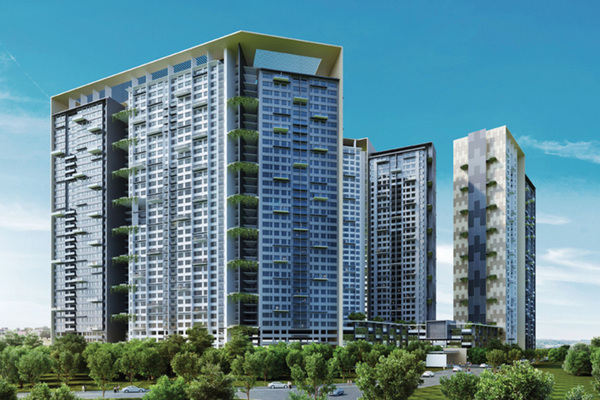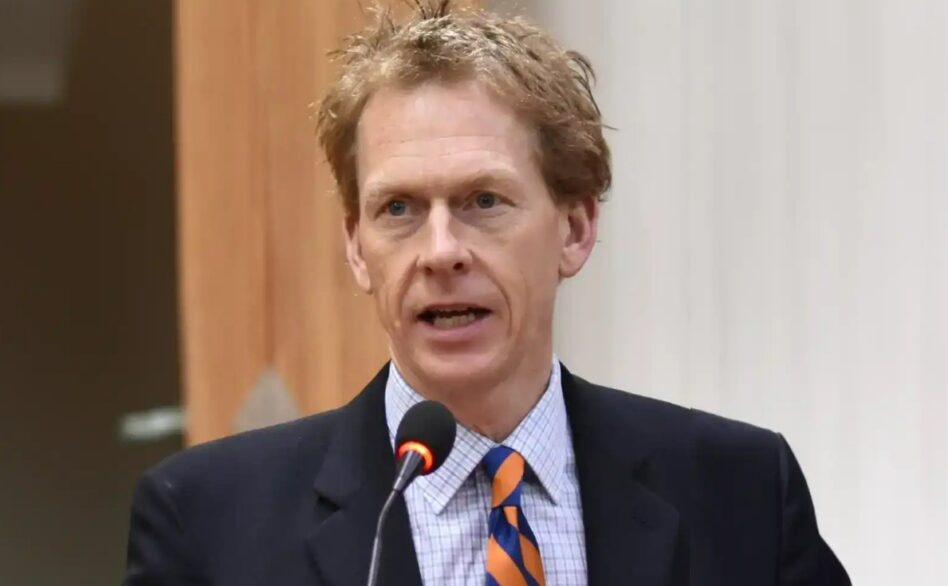ON Oct 7, Housing and Local Government Minister Datuk Seri Reezal Merican Naina Merican said the following in the Dewan Rakyat:
“Just four developers in the country are able to carry out the built-then-sell (BTS) concept, Housing & Local Government (KPKT) Minister Datuk Seri Reezal Merican Naina Merican said in the Dewan Rakyat on Oct 7. He acknowledged that BTS was ‘one of the more preferred methods in selling houses”.
“The minister also said that in Parliament that there are currently 79 abandoned housing projects involving 17,724 housing units in Peninsular Malaysia currently, affecting 11,824 buyers.
“Of the total, 65 projects were halted due to the companies’ weak balance sheets, the minister said. Other causes included failure to comply with standards and weak project management, while some developers cannot be located.”
Before we go any further, we would like to point out that there seems to be some confusion about the Build-Then-Sell (BTS) version and its variant the Build-Then-Sell 10:90 (BTS 10:90).
The people must understand that there are marked differences between the two. In the Sell-Then-Build (STB) system, buyers pay 10% and continue to pay the progressive payments as the developers build. In the absolute BTS system, developers can only sell finished products that are ready for buyers to take over to occupy.
Under the BTS 10:90, developers can sell only once approvals are obtained and upon launching. Buyers pay 10% upon signing the sale and purchase agreement (SPA). The balance 90% is payable only when the houses are completed with separate titles, Certificate of Compliance and Completion, water and electricity connected and keys to the house given to buyers.
It is a hybrid between the STB and the absolute BTS system.
Under the absolute BTS aka 0:100 concept, the wealthy (we reckon, the minister referred to this group of four housing developers) will be in better positions whereas the financially weaker will face difficulties.
However, the version we are referring to is not the absolute BTS. We are referring to the BTS 10:90.
Let us quote an academician, Professor Nor’Aini Yusof’s chapter in the 2014 yearbook, Housing The Nation: Policies, Issues And Prospects, to support the Government’s decision to adopt BTS 10:90 concept.
In the said chapter, Nor’Aini gave a balanced view and elucidation on each of the two systems. We believe that in her elucidations, she had presented more positive comments for the BTS 10:90 concept.
Below, we highlight several sentences from her concluding paragraph in Chapter 11, page 289:
“Proponents of the BTS and STB have both been very vocal in expressing their arguments and views. The Government, for whom both sides are important stakeholders, needs to weigh these views carefully. It has already expressed its commitment to make BTS mandatory by 2015.
“Incentives have been introduced by the Government to facilitate the BTS approach, including fast-track planning approval process, waiver of deposit for the developer’s license and an exemption for low-cost housing. But as Walczuch et al, (2007) have warned, and as past experience has shown, housing developers will undoubtedly be even more vocal and critical about BTS as we approach 2015. They will likely find excuses not to implement BTS, or at best, they will ask for more help in doing so.”
“The resistance to the BTS approach is certainly not helpful to the housing industry and development of the country as a whole. Certainly, there are direct and indirect costs incurred as developers adjust to BTS but its adoption should be viewed positively as a means to further safeguard the interests of house-buyers, and perhaps further enhance or restore their trust in developers.
“Closer cooperation and engagement will ultimately create a win-win situation for all stakeholders in the housing industry.”
BTS 10:90 concept – The Way Forward
A few public listed and financially strong developers with developments in prime locations have adopted the BTS 10:90 concept by adopting the ‘Schedule I’ (Sale & Purchase Agreement for Land & Building) and ‘Schedule J’ (Sale & Purchase Agreement for Stratified Buildings) and hence it is not a totally alien system. Housing projects that are built and marketed using the BTS 10:90 concept need to use the statutory standard SPA whereupon the buyers pay 10% as deposit and only pay the balance 90% upon full completion by the developer. It is not difficult to see the vast difference though. Just like buying a motor vehicle, there is no progressive payment due to the manufacturers. On completion, you deliver the product and collect the balance payment.
It is actually a midway between the present progressive payment (STB) and the complete BTS. You may call it a variant of the STB or a variant of the BTS, or “Deferred Payment” basis; it matters little. We would prefer to term it the BTS 10-90 concept so that it portrays a more accurate picture of what the system entails. What is important also, is to understand the mechanics of it.
In the BTS 10-90 concept a buyer pays a deposit of 10% and thereafter the balance of 90% will only be payable upon the due completion of the house together with the issuance of the Certificate of Completion and Compliance (CCC). The 10% is paid to the developer and deposited in the Housing Development Project Account and the sale is ‘locked-in’.
For the house buyers, it is still a purchase based on brochures and advertisements on a concept. The 10:90 concept is still a “Sell first then Build” model as homes are still yet to be built or completed at the time of signing of the SPA. However, the big difference is that if the developer for whatever reasons fails to complete the project or abandons the project, the buyers are insulated from the developer’s business risk and possible disastrous fallout.
To better understand the various existing sale transaction and the payment systems for the different types of purchase; the same are enumerated from this table:
Table1: Comparison on the delivery systems
| Completed Properties (BTS aka 0:100) | Progressive Payment System (Sell-Then-Built) | BTS 10:90 payment concept | ||||||
| (1). | On the signing of the Sale & Purchase Agreement (SPA) | Pay 10% of Purchase Price | Pay 10% of Purchase Price | Pay 10% of Purchase Price | ||||
| (2). | Waiting period for Completion of Construction & Notice of Delivery of Vacant Possession | None | Within 24 or 36 months or more upon Architect’s Certification of Completion | Within 24 or 36 months or more upon Architect’s Certification of Completion | ||||
| (3). | Buyer to complete payment/s | 3 months from SPA Date (in normal situations) | Progressive payment system (10; 10; 15; 10; 10; 10; 5; 2.5; 2.5; 17.5; 2.5; 5 in % (from first 10% payment or SPA Date) while waiting for completion of construction | 90% of Purchase Price at 24 or 36 months from SPA Date depending on the regulated contract of sale | ||||
| (4). | Waiting period for actual occupation with Certificate of Completion & Compliance (CCC) | None | Within 30 days from Vacant Possession with accompanying Developers’ architect issuance of the CCC. | Vacant Possession with CCC, with water & electricity connected and ownership (title deed) papers | ||||
| (5). | Waiting period for transfer of individual/strata titles | Varies on whether titles have been issued at the time of signing of SPA | Varies from developer to developer | Vacant Possession with issuance of titles | ||||
As can be seen from the table above, the 10:90 payment system is still a contract to sell (through the signing of the SPA), build then delivered.
The term ‘Built-then-Sell’ (BTS) is hence not appropriate and should not be used in its entirety, when referring to the BTS 10:90 concept as the two systems encompass substantially different characteristics.
To avoid further misconceptions and confusions, perhaps we should all refer to this model as the BTS 10:90 concept rather than confusing it as an absolute BTS concept. – Dec 19, 2021.
Datuk Chang Kim Loong is the honorary secretary general of the National House Buyers Association (HBA).










